data-animation-override>
“Sometimes you don’t have to spend much to get a lot of car. Rene Vermeer explains why he loved his Nissan Stagea”
There aren’t really many cars out there nowadays that can do it all for a Japanese-car enthusiast. I myself have carried out countless hours of research to find something that is affordable to purchase, hauls arse, sounds amazing, and fits a fridge next to a washing machine, all whilst carrying around two German Shepherds. Not an easy feat, but I did manage to find something suitable.
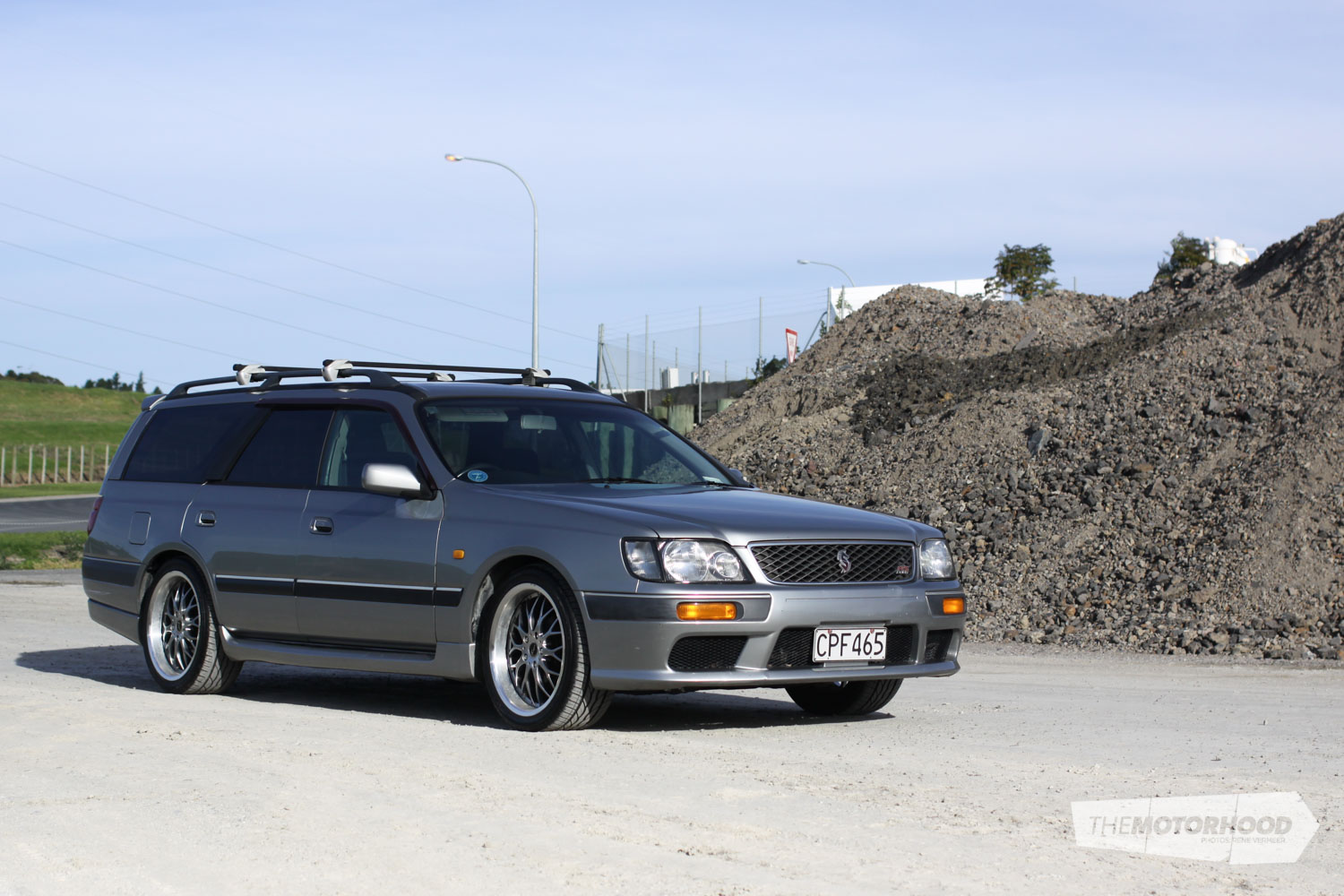
Enter the Nissan Stagea RS4, Nissan’s performance station wagon. Never before have I seen something so large come from Nissan, packed with some of the best running gear from performance coupes and sedans of the same era. Packing an RB25DET 2500cc, in-line six-cylinder engine with 184kW (246hp) at the flywheel, and the all-wheel-drive system made famous by the GT-R Skyline, twin sunroofs, a full exhaust system, and immaculate interior — I knew it had what I needed.
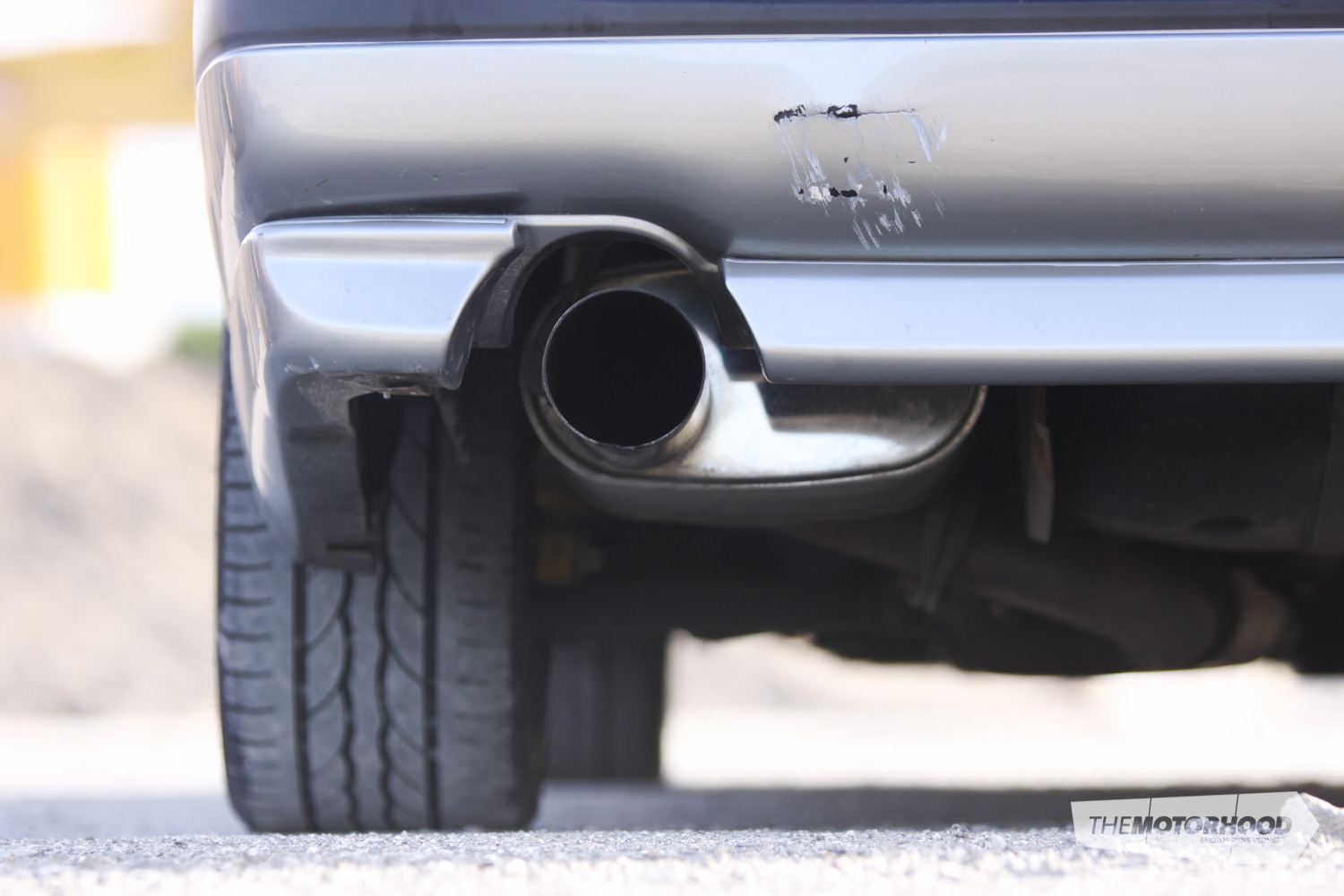
This particular example, that I picked up for a measly sum of $3200 online, came with a series of dents, scratches, and sagging end caps and side skirts. Oh, and the alternator was shot. After limping the car home in peak-hour traffic, only to have it die on me as I pulled into the driveway, I knew it needed some work, but boy did it sound awesome, and mechanically (alternator aside) ran extremely well.
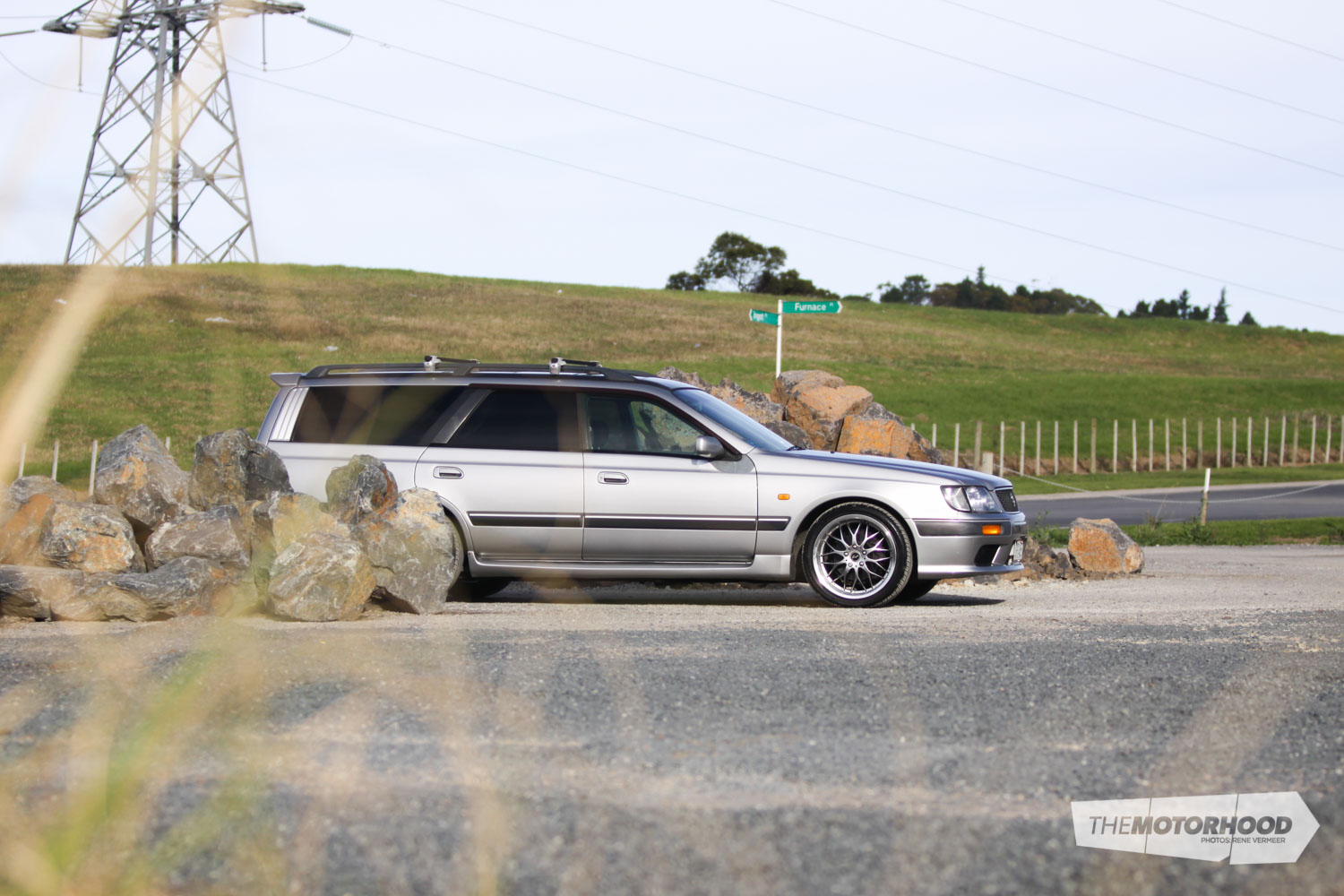
After picking up an alternator from a local for $50, the Stagea was now charging the battery and was ready for a road test. Actually, no I lie. Before the road test I earthed the boost solenoid, which removed the pre-4500 boost restriction, so full boost was now available all the way through the rev range. Now it was ready for a road test.
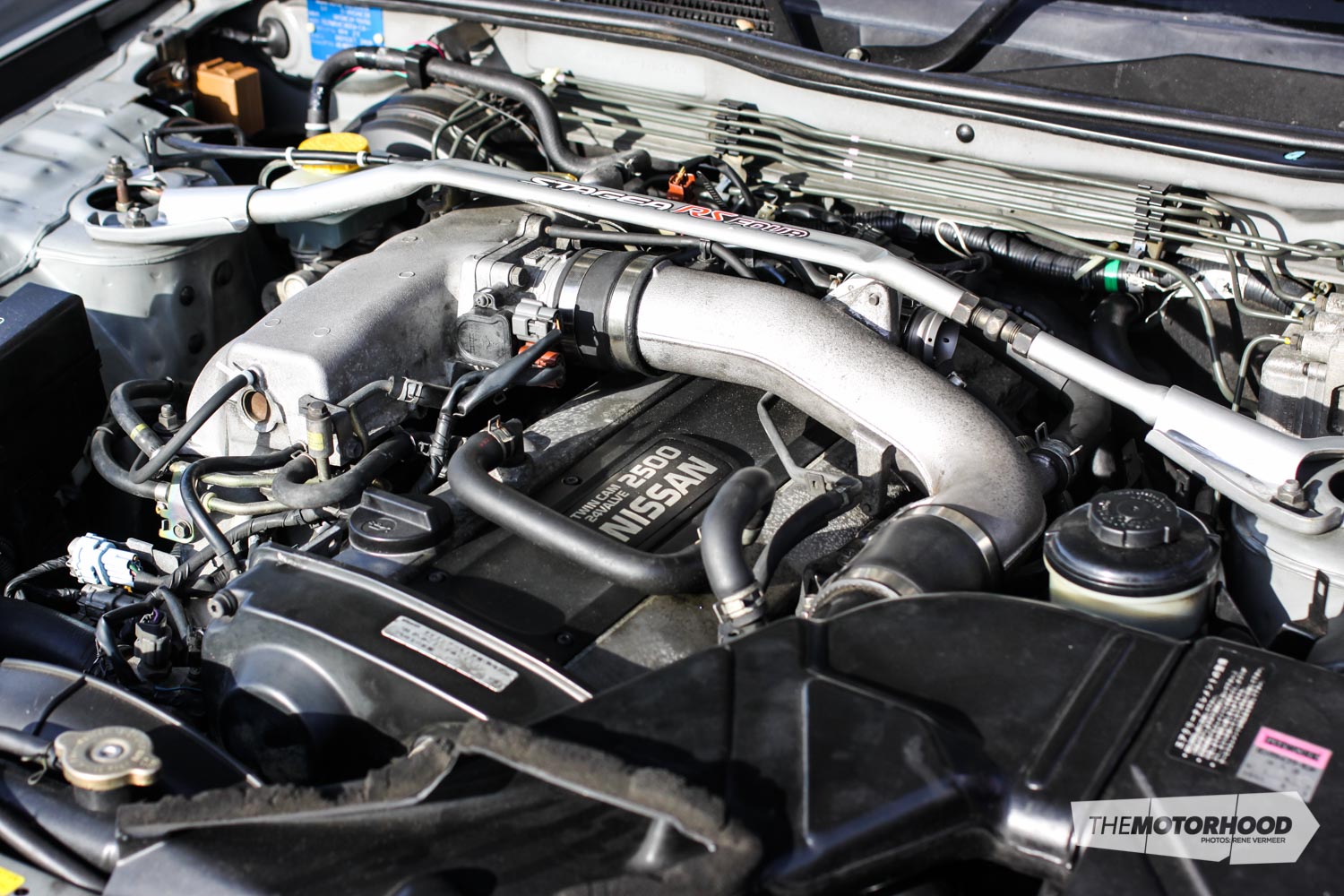
Factory series one RB25DET engines are actually fairly impressive, even in such a large vehicle such as the Stagea. After doing a full 0–100kmh pulls, I thought to myself, why don’t modern day manufacturers make rad engines such as this nowadays? The auto box (switched to ‘Power’ mode of course) was smooth, and although it only has four gears, it pulled me up to 100km in no time, begging for more.
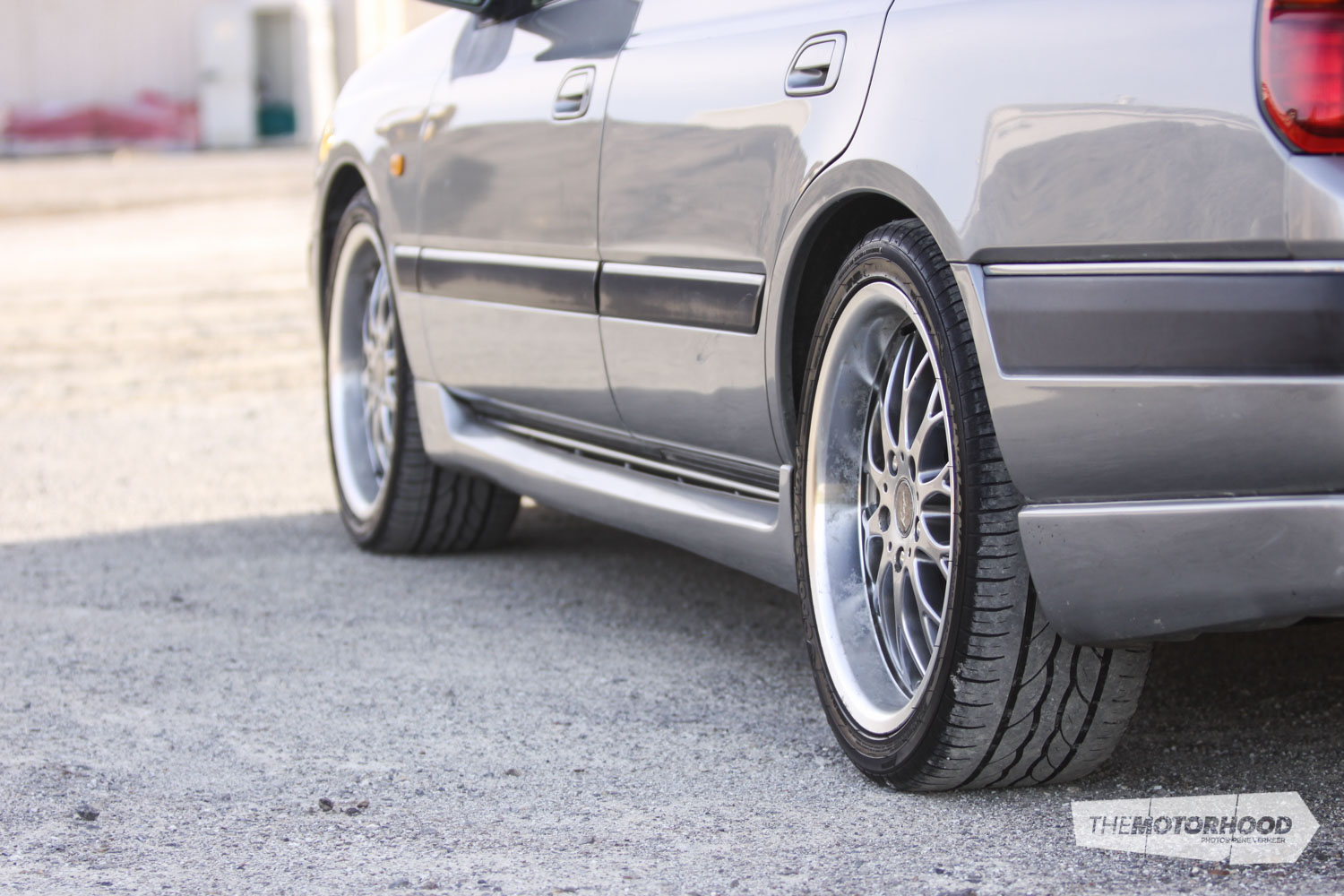
How’s the handling in such a heavy whale you ask? Very impressive. This example came fitted with R33 GT-R Bilstein suspension up front, and KYB SR Specials down the back. The 18-inch Koya wheels were fitted with 235/40 tyres, which coupled with the Attesa system meant that there was no shortage of grip — especially with the factory engine.
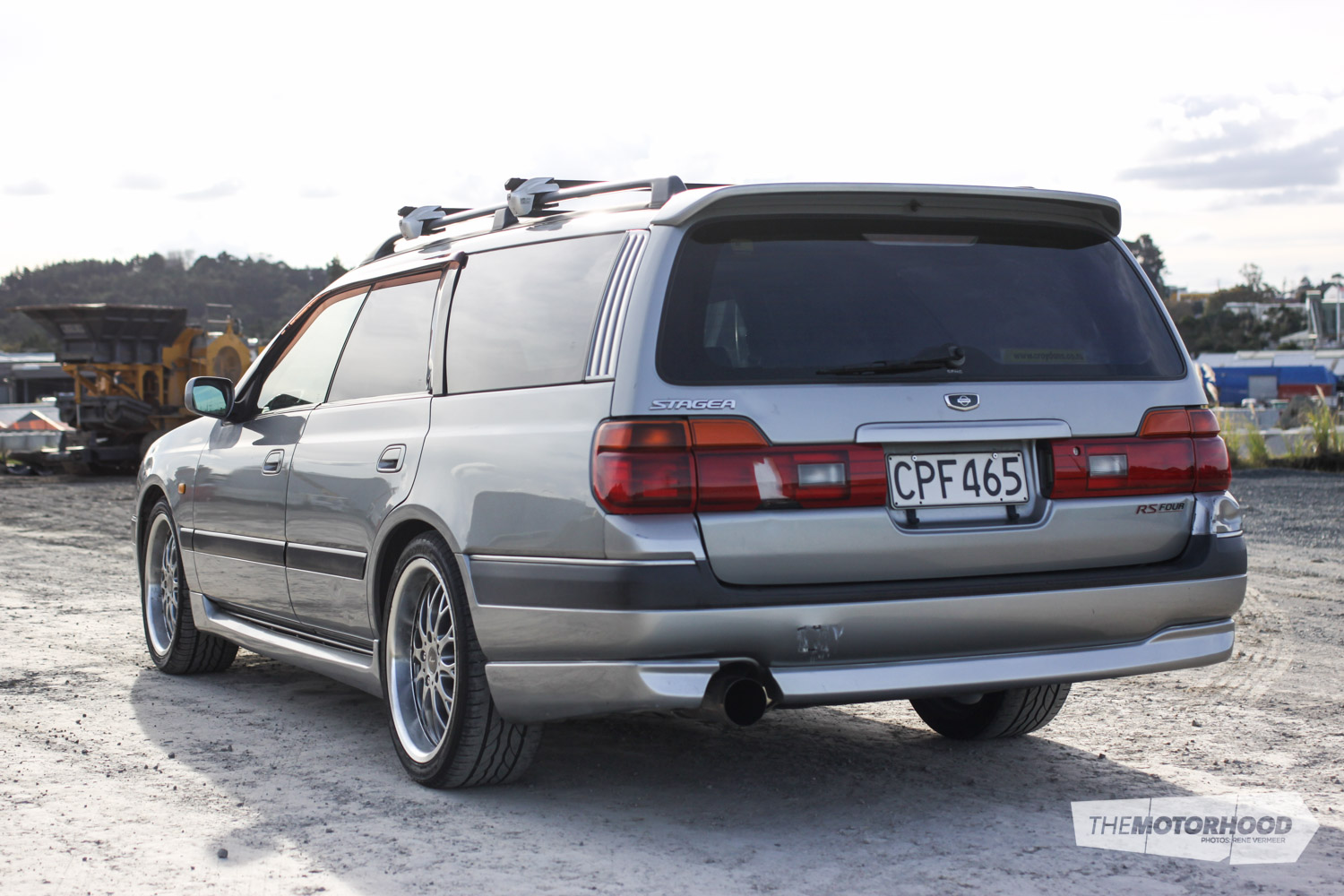
Everything said above doesn’t really compare to my favourite thing about this car, even winning against the beautiful sound the RB25DET engine produces. Boot space. Never before have I had a station wagon where I could fit my fridge in, along with the washing machine. You could sleep a tower of giraffes in the back of this thing with the seats down. It even has plenty of cargo strap-mounting points to secure your stuff.
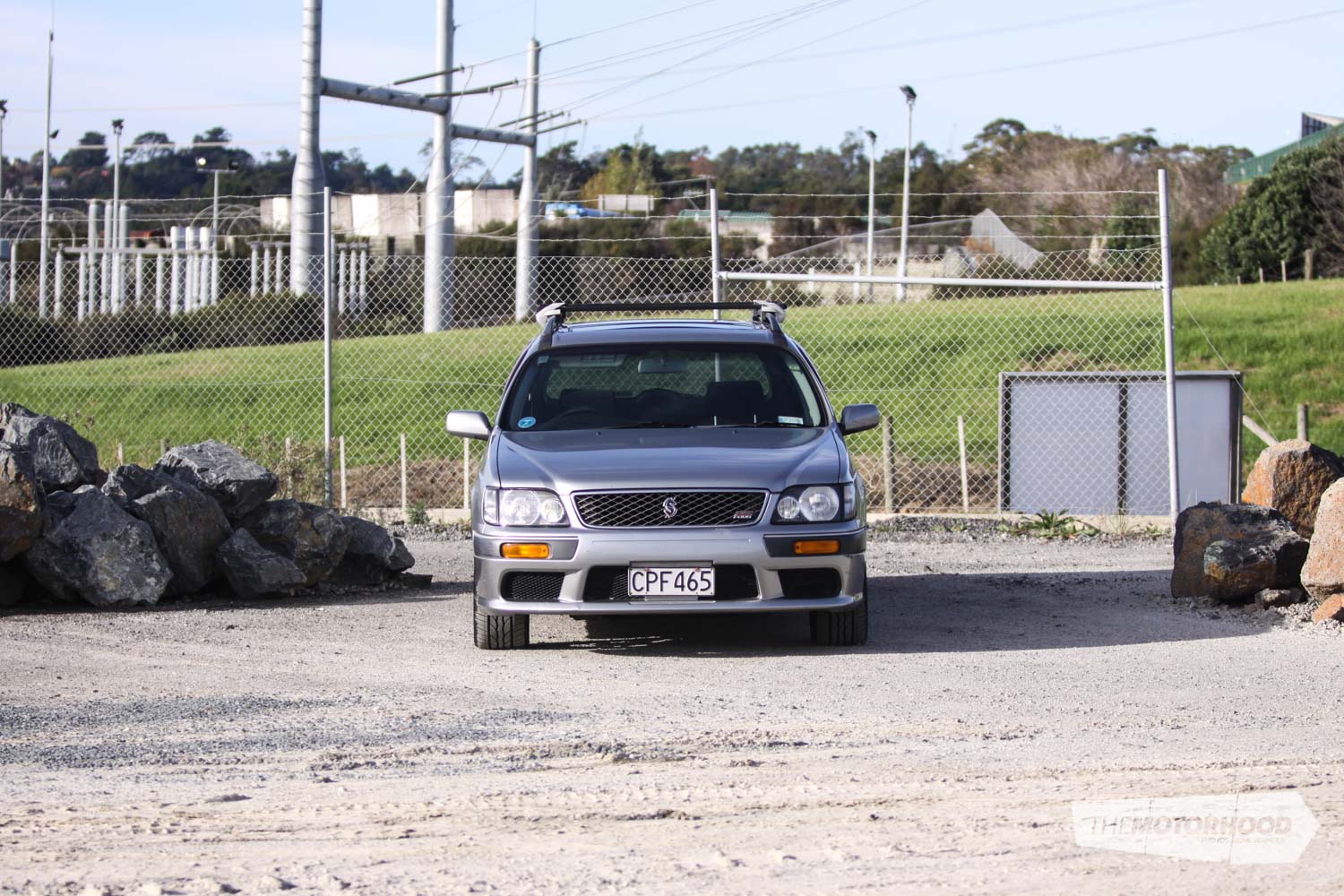
I don’t own this Stagea anymore, as I opted for something with better fuel efficiency, but I miss it every day. The amount of stuff it could carry could only be rivalled by a utility vehicle of some sort, and the grip and power was something I wish I kept improving upon. Maybe one day I’ll get my hands on the pinnacle of the Nissan Stagea — the 260RS.




